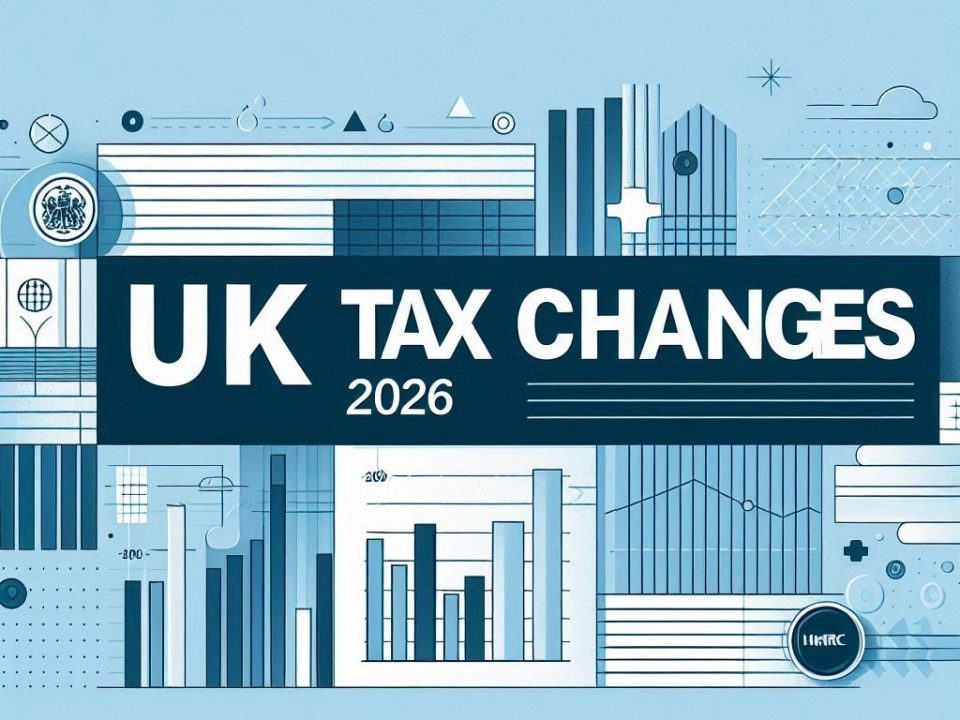What Is a Capital Loss? How It Works and Why It Matters
May 28, 2025What is a P11D Form? A Guide for Employers and Employees
June 4, 2025Understanding Your HMRC Tax Code: What Do the Letters and Numbers Mean?
Ever looked at your payslip and wondered what that strange combination of letters and numbers—your tax code—actually means? If so, you’re not alone. Understanding your HMRC tax code is crucial to making sure you’re paying the right amount of tax.
In this guide, we’ll break down how tax codes work, what the letters and numbers mean, and when you should take action.
What Is a Tax Code?🔍
Your tax code is issued by HM Revenue & Customs (HMRC) and tells your employer or pension provider how much Income Tax to deduct from your salary or pension.
It reflects:
- Your tax-free personal allowance
- Any benefits in kind (e.g. company car)
- Adjustments for underpaid or overpaid tax
What Do the Numbers Mean?🔢
The numbers represent how much of your tax-free income you are allowed in a year. To get the actual tax-free amount, just add a zero.
For example:
- 1257L means you are entitled to a £12,570 tax-free allowance for the year (standard for most people in 2024/25).
What Do the Letters Mean?🔤
Here’s what the common letters in UK tax codes mean:
| Letter | Meaning |
| L | Standard personal allowance applies. |
| M | You’ve received 10% of your spouse’s personal allowance (Marriage Allowance). |
| N | You’ve transferred 10% of your personal allowance to your spouse. |
| T | Other calculations apply – usually related to taxable benefits or restrictions. |
| BR | All income is taxed at the basic rate (20%) – usually used for second jobs or pensions. |
| D0 | All income is taxed at the higher rate (40%). |
| D1 | All income is taxed at the additional rate (45%). |
| K | You have income that’s not taxed elsewhere and is more than your personal allowance – often means you owe tax. |
Examples of Tax Codes Explained📄
- 1257L: You get the full personal allowance. Most employees will have this.
- K200: You have untaxed income of £2,000; your employer will collect the tax due via PAYE.
- BR: No personal allowance applied. All income taxed at 20% (e.g. second job).
When Should You Check Your Tax Code?🛑
You should double-check your tax code if:
- You start a new job
- You get a company car or other benefit
- You retire or start drawing a pension
- HMRC notifies you of a change
- You notice unexpected changes in your take-home pay
How to Check or Change Your Tax Code ✅
You can view your tax code online through your Personal Tax Account on GOV.UK.
If you think your tax code is wrong, contact:
- HMRC: 📞 0300 200 3300
- Or your payroll department
Need Help Understanding Your Tax Code?💡
At Taxes Done Right, we help clients decode their payslips, resolve HMRC queries, and make sure you’re never paying a penny more than you should.



